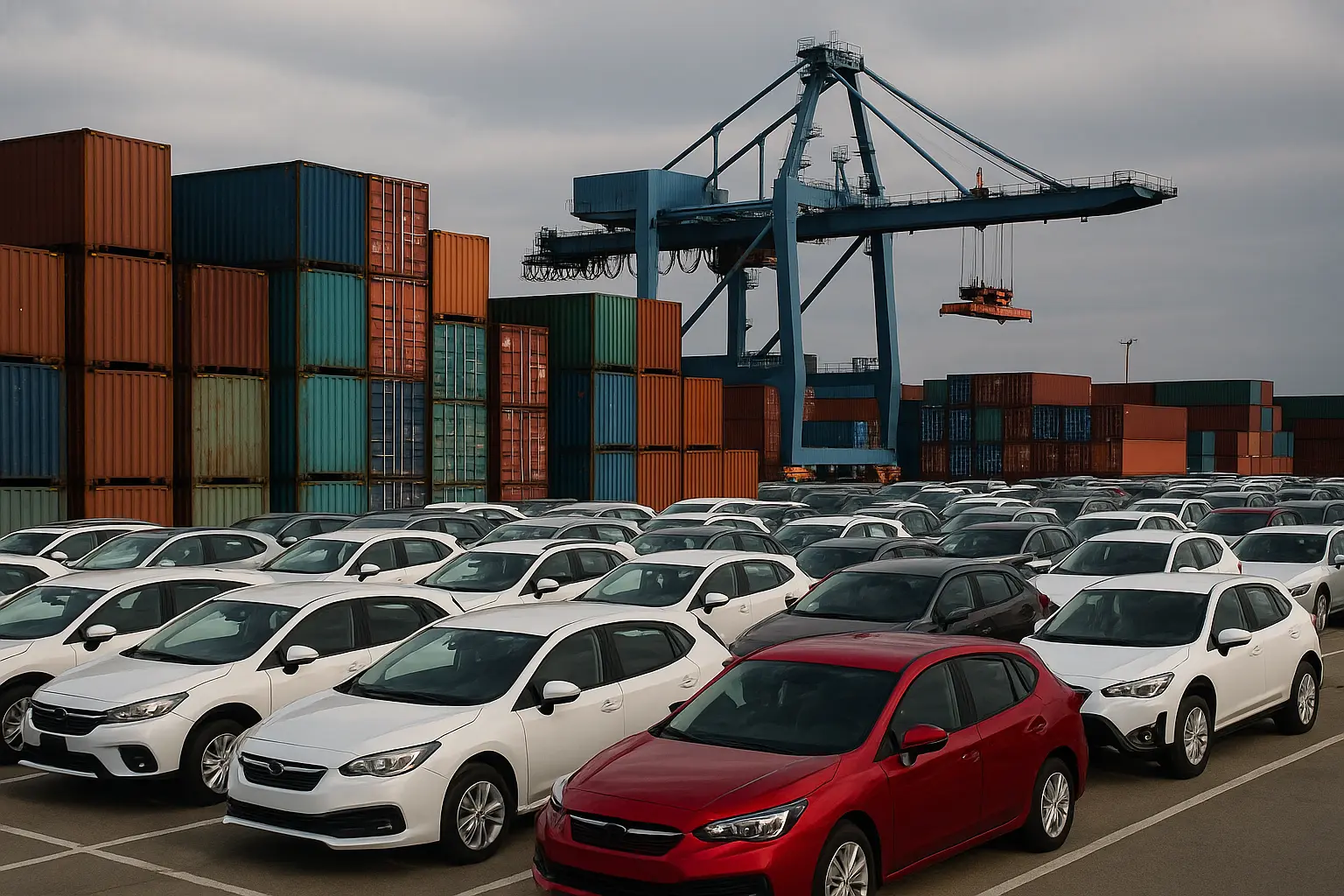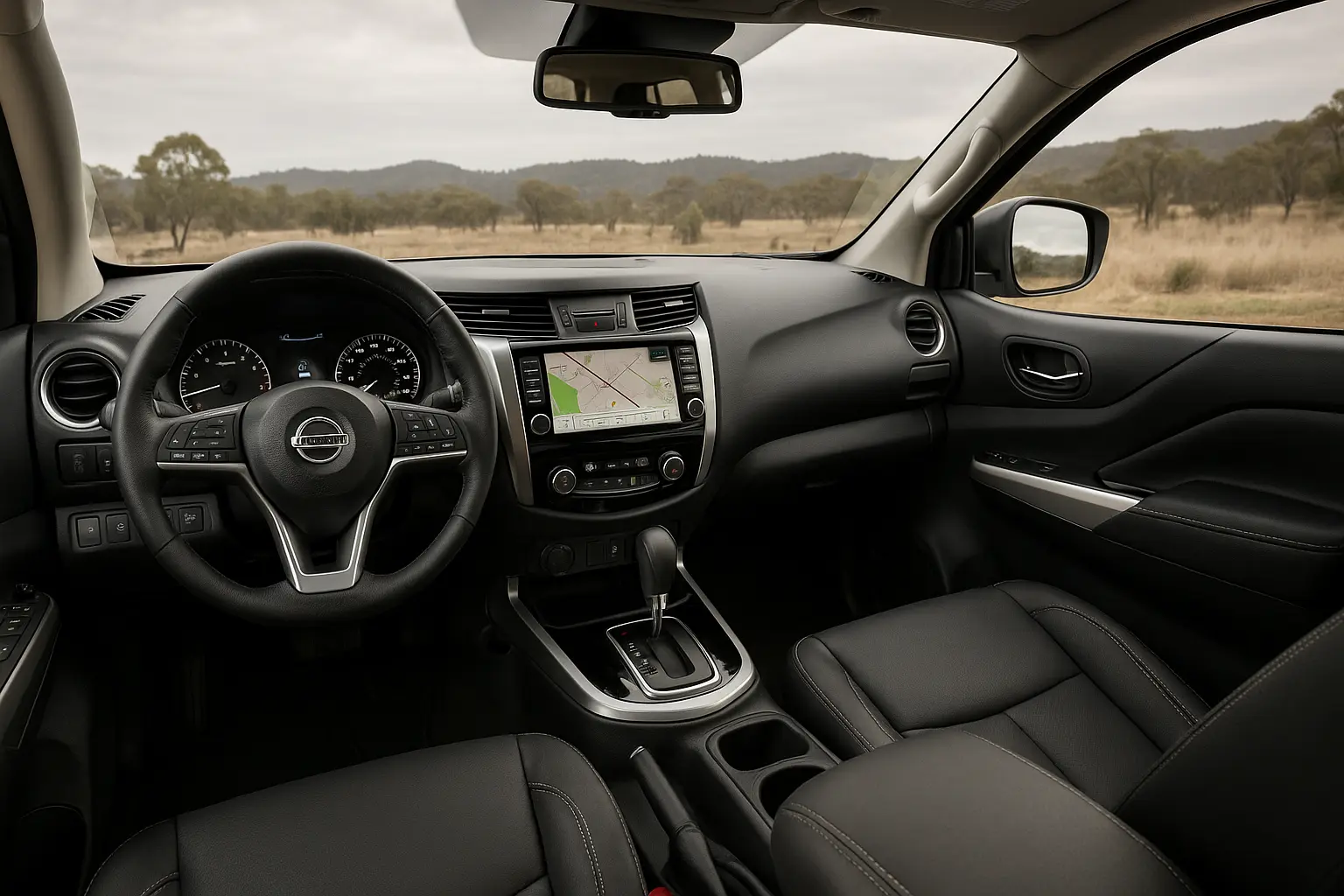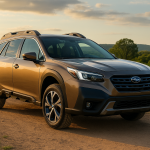🚗 Why Car Prices Aren’t Dropping in 2025 – Supply Chain Deep Dive
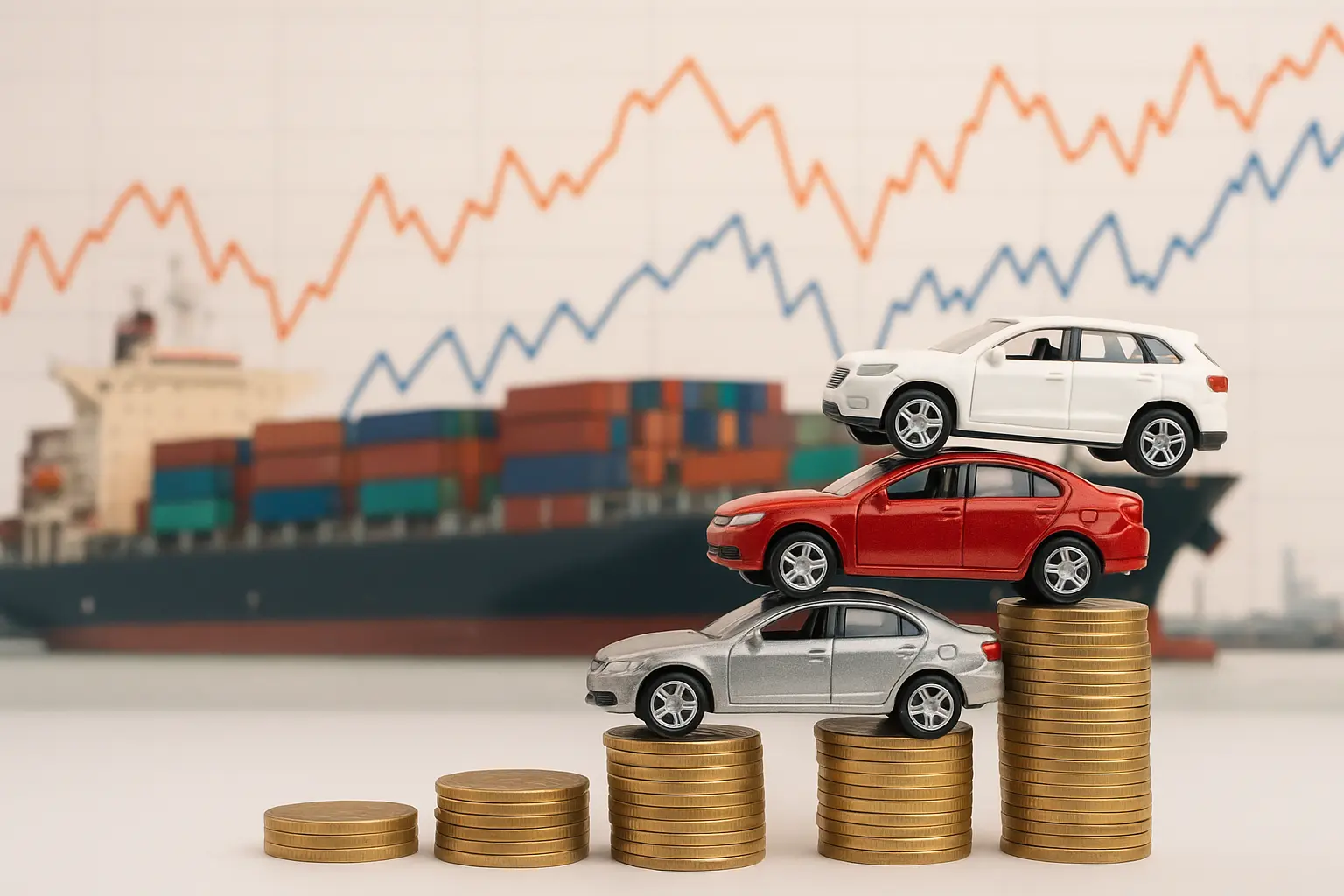
Introduction: The 2025 Car Market Conundrum
It's 2025, and Aussies hoping for car prices to come down are still waiting—and waiting. Despite expectations for post-pandemic recovery and EV adoption to lower prices, vehicle costs across both new and used markets remain sky-high. From $25K hatchbacks inching closer to $35K, to dealer markups on electric cars, many are asking: “Why aren’t car prices dropping?”
The answer lies deep within global supply chains, government policy changes, raw material volatility, shipping delays, and evolving consumer preferences. This blog dives deep into the root causes and future outlook of Australia's car pricing landscape in 2025.
1. 🚚 Global Supply Chain Pressures – Still Not Over
The Lingering Effects of the COVID-19 Pandemic
The COVID-19 pandemic may be in the rearview mirror, but its impact on global automotive supply chains persists:
Factory shutdowns in 2020-21 created massive backlogs.
Raw material shortages—especially steel, aluminum, and lithium—continue to impact production costs.
Just-in-time (JIT) systems used by most car manufacturers have failed to rebound quickly due to ongoing disruptions.
Shipping & Logistics Disruptions
Container shortages, port delays, and rising freight costs have added to the problem:
Shipping from Asia to Australia remains expensive, with 2025 freight costs still double pre-pandemic levels.
Australian ports like Melbourne and Sydney face delays due to labour shortages and infrastructure strain.
2. 🖥️ Semiconductor Shortages – The Silent Price Driver
Microchips are essential in modern cars, from infotainment systems to safety features and battery management.
Despite new chip factories opening globally, demand continues to outpace supply in 2025.
EVs require up to 10x more semiconductors than ICE vehicles.
Carmakers are prioritising high-margin models (like SUVs and EVs), leaving affordable models scarce and expensive.
Chip Shortages = Less Supply = Higher Prices
Many manufacturers have reduced trim levels or removed features to manage chip scarcity, yet prices remain elevated. For example, base models that used to come with adaptive cruise control now don’t—but still cost more than their 2021 equivalents.
3. 📈 Inflation & Interest Rates
Inflation affects everything—from raw materials to labour. As of mid-2025:
Australia’s inflation hovers around 4.2%, down from pandemic highs but still above target.
The Reserve Bank of Australia’s interest rates remain relatively high (around 4.35%), pushing up car loan rates.
Increased cost of capital discourages dealers from keeping large inventories, leading to fewer discounts and deals.
Car Finance Is More Expensive
Higher finance rates mean higher repayments. Even if sticker prices stay steady, the total cost of ownership increases, further contributing to perceived unaffordability.
4. ⚡ Electric Vehicle Boom = Higher Demand, Less Supply
Australia’s EV revolution is well underway, but ironically, it’s causing short-term price increases:
EV demand in 2025 is at an all-time high, driven by government rebates and environmental awareness.
Local supply hasn’t kept up. Imports from China and Europe are limited by production capacity and shipping backlogs.
Battery components (especially lithium, nickel, and cobalt) remain volatile in pricing, pushing up costs.
Government Policies Add Pressure
New emissions regulations and zero-emission targets have forced brands to focus on EVs, often at the expense of cheaper petrol cars, making budget-friendly options even rarer.
5. 🔁 Used Car Prices Stay High Too
Many Australians have turned to the second-hand market expecting better deals—only to find prices remain unusually high.
Why?
New car delays mean fewer trade-ins and lease returns.
High demand for used cars continues, especially fuel-efficient and hybrid models.
Dealers are still repricing used vehicles based on pandemic-era shortages.
According to Carsales and RedBook, the average 5-year-old Toyota Corolla now fetches up to 30% more than it did pre-COVID.
6. 🏭 Limited Local Manufacturing Options
Australia has virtually no domestic car manufacturing. This means:
Total reliance on imports from Japan, South Korea, China, Europe, and the US.
Vulnerability to currency fluctuations, shipping disruptions, and trade policy shifts.
If there's a strike in Germany or a battery shortage in China, Aussie buyers feel the effects almost instantly.
7. 🏁 Consumer Trends and Market Shifts
Bigger, More Feature-Packed Cars
Aussie buyers increasingly prefer:
SUVs over hatchbacks
Top-tier trims (sunroof, digital dash, safety tech)
Hybrids and EVs
Manufacturers are capitalising on this shift by pushing high-margin models, leaving fewer budget-friendly cars in the market.
Subscription & Financing Trends
With affordability strained, some buyers are opting for:
Car subscriptions – paying monthly to use a car without ownership
Longer finance terms – stretching up to 7 years, with higher interest over time
Both models reflect high sticker prices that aren't declining anytime soon.
8. 📊 Industry Expert Insights
Industry leaders such as Drive, CarExpert and FCAI (Federal Chamber of Automotive Industries) have shared insights suggesting:
A “new normal” for pricing is forming, where pre-2020 expectations won’t return.
Brands like Tesla, Kia, and BYD continue to adjust prices monthly, often upwards.
Used EVs now hold their value better, countering old trends where tech-based cars depreciated quickly.
9. 🔮 Will Car Prices Drop Anytime Soon?
Short answer: Not in 2025.
Factors That Could Stabilise Prices (in 2026–2027):
Improved chip production
Global inflation easing
Greater EV supply as more brands expand
Potential shift in demand as interest rates affect buyer confidence
But until then, prices are expected to stay either flat or continue gradually climbing.
10. 🧠 What Can Aussie Buyers Do?
Tips for Navigating the 2025 Car Market:
Research smart – Use tools like RedBook, Carsales, and CarExpert.
Consider alternatives – Hybrids and base trims can offer better value.
Explore used EVs – Some second-hand electric cars offer surprising bang for buck.
Factor total ownership cost – Think beyond sticker price: servicing, insurance, fuel, and depreciation matter.
Be patient – Good deals still exist, especially from lesser-known or newer brands like MG, GWM, and BYD.
Conclusion: A Changed Automotive Landscape
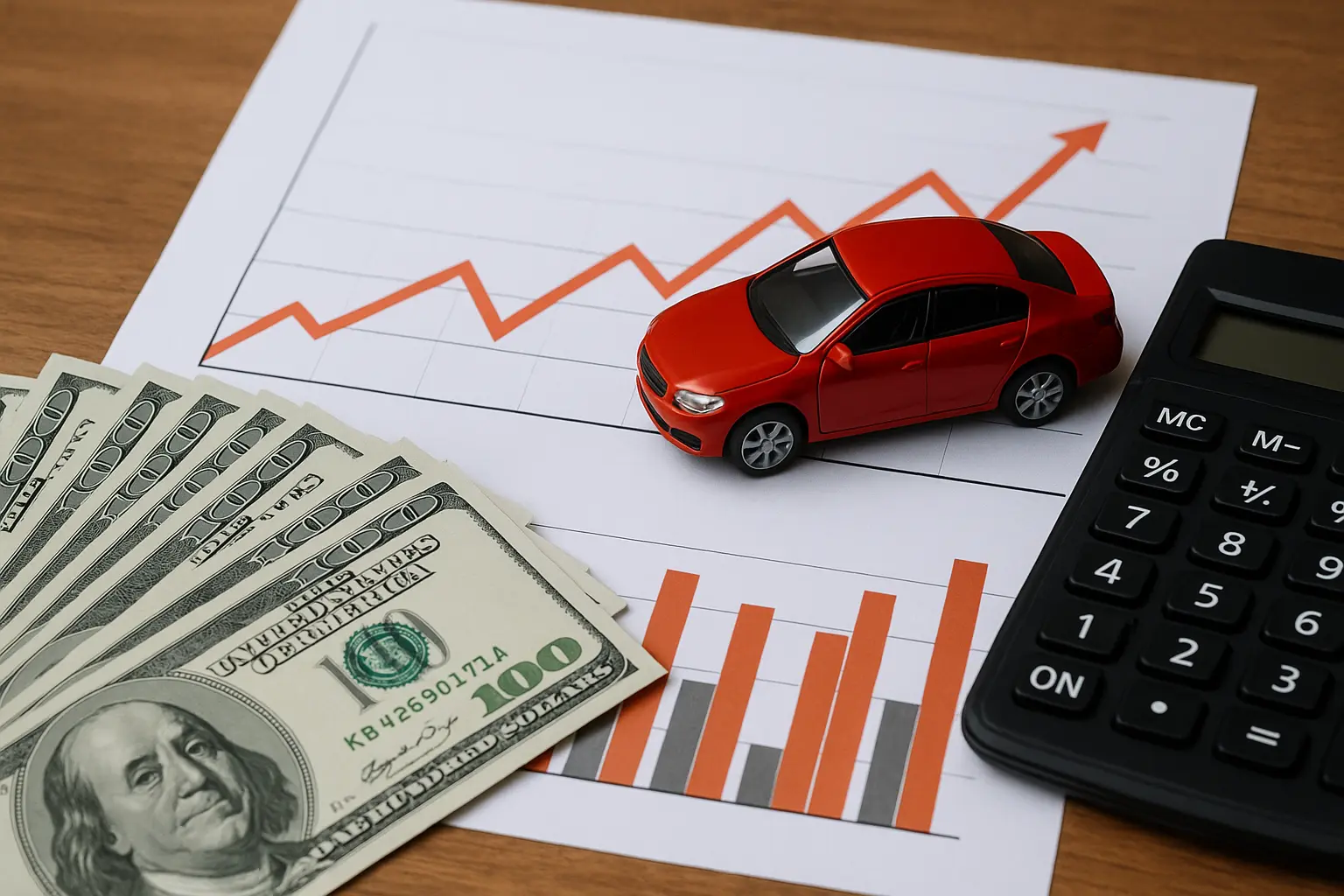
The idea that car prices would drop in 2025 was based on outdated assumptions. Instead, Aussies are facing a global market reshaped by supply chain bottlenecks, electric vehicle disruption, manufacturing limitations, and evolving consumer preferences.
As the industry continues to shift, informed buyers will be better prepared to make decisions in this expensive but exciting new era of motoring.
Leave a comment
Your email address will not be published. Required fields are marked *


